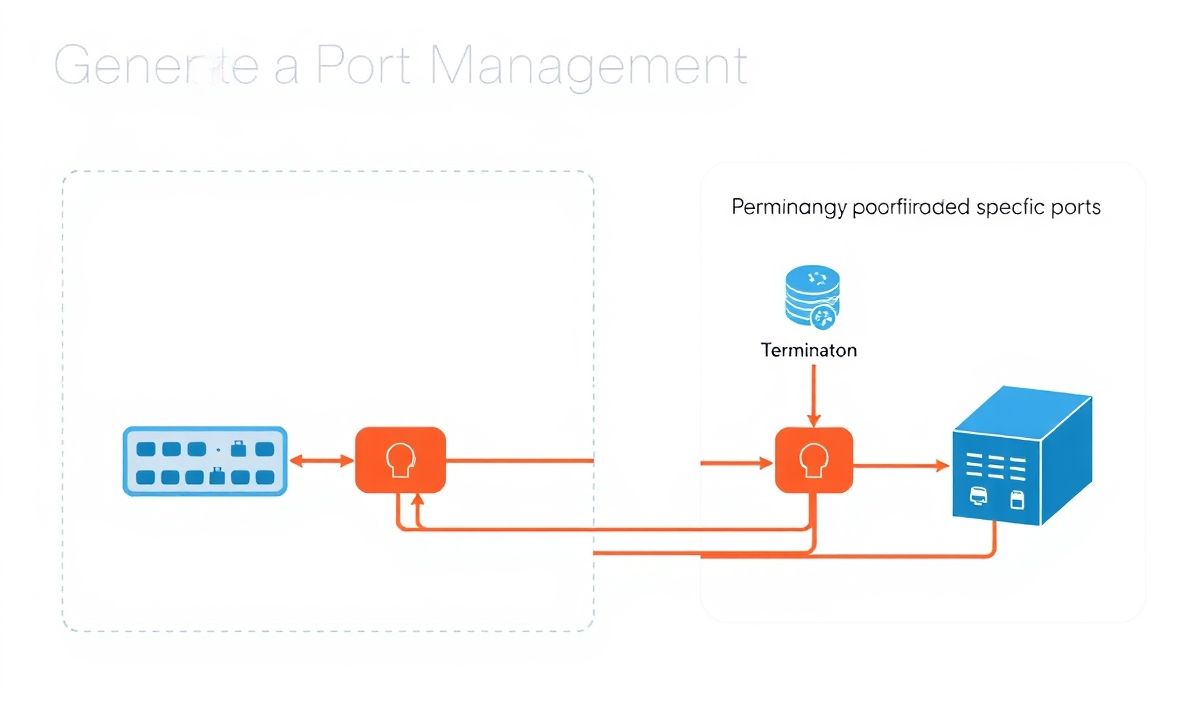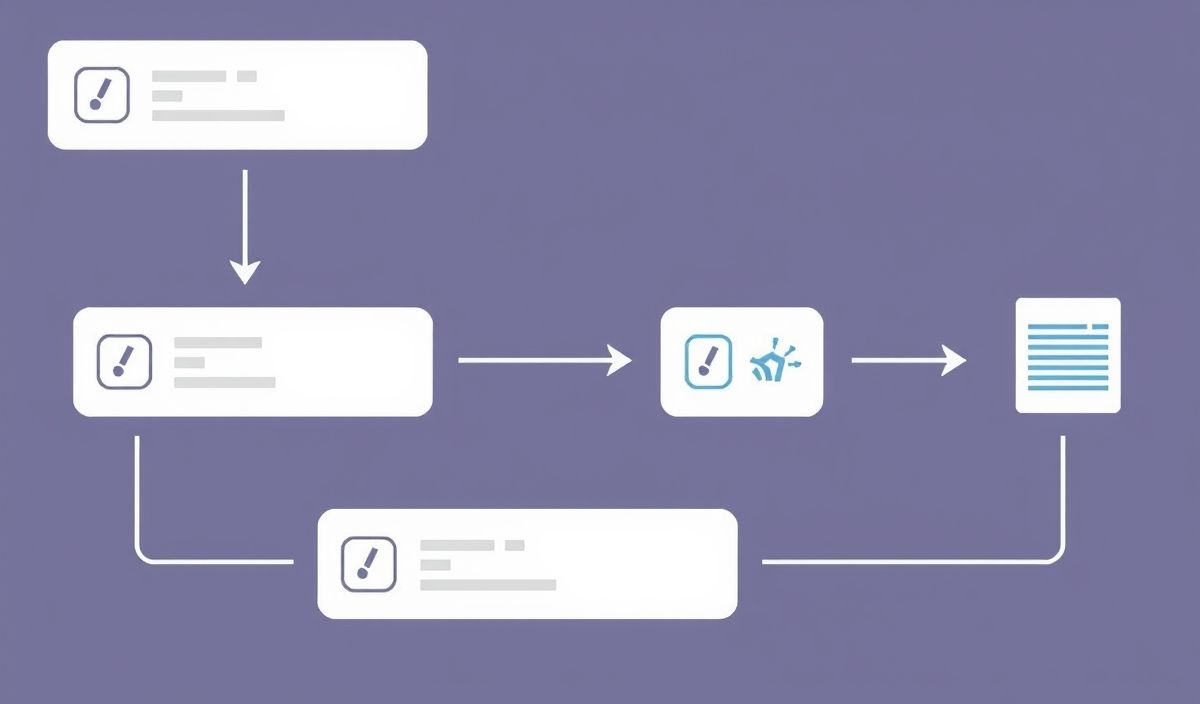Understanding Tornado: A Scalable, Non-blocking Web Framework for Python
Introduction to Tornado
Tornado is a Python web framework and asynchronous networking library that allows developers to build scalable, high-performance web applications. Designed to handle thousands of simultaneous network connections, Tornado is highly suited for applications that require real-time updates (e.g., live chats, streaming services, and web sockets).
Tornado stands out due to its non-blocking, asynchronous I/O operations, which make it possible to manage thousands of requests efficiently without additional threads or processes.
Tornado Features
- Asynchronous I/O: Non-blocking request handling for high concurrency.
- Scalability: Handles thousands of simultaneous network connections.
- WebSocket Support: Excellent for real-time applications like live notifications and chat systems.
- Integrated HTTP Server: Removes the need for third-party web servers.
- Template Engine: Supports rendering HTML templates with dynamic data.
- Highly Extensible: Includes support for custom handlers, middleware, and extensions.
Whether you’re looking to create RESTful APIs, real-time chat applications, or even microservices, Tornado provides developers with the tools they need to build robust and performant systems.
Tornado APIs Explained
Below is an extensive list of Tornado’s key APIs, complete with explanations and code examples.
1. tornado.web.Application
Represents the main entry point of a Tornado web application.
import tornado.ioloop
import tornado.web
class MainHandler(tornado.web.RequestHandler):
def get(self):
self.write("Hello, Tornado!")
def make_app():
return tornado.web.Application([
(r"/", MainHandler),
])
if __name__ == "__main__":
app = make_app()
app.listen(8888)
tornado.ioloop.IOLoop.current().start()
Explanation: This creates an application with a single route (/) and binds it to the specified handler (MainHandler).
2. tornado.web.RequestHandler
Handles HTTP requests and responses.
class HelloHandler(tornado.web.RequestHandler):
def get(self):
self.write("Hello!")
Methods:
get(): Handle HTTP GET requests.post(): Handle HTTP POST requests.set_status(): Set HTTP response status code.set_header(): Set HTTP headers.
3. tornado.web.StaticFileHandler
Serves static files like images, CSS, and JavaScript.
class StaticFileHandler(tornado.web.StaticFileHandler):
pass
def make_app():
return tornado.web.Application([
(r"/static/(.*)", tornado.web.StaticFileHandler, {"path": "./static"}),
])
Usage: Allows you to map URLs to static resources like /static/style.css.
4. tornado.ioloop.IOLoop
The main event loop for asynchronous operations.
import time
from tornado.ioloop import IOLoop
def callback():
print("Called after 2 seconds")
IOLoop.current().call_later(2, callback)
IOLoop.current().start()
Explanation:
IOLoop.current(): Gets the current instance of the I/O loop.call_later(timeout, callback): Schedules a callback after the specified timeout.
5. tornado.httpclient.AsyncHTTPClient
Performs asynchronous HTTP requests.
from tornado.httpclient import AsyncHTTPClient
async def fetch_url():
client = AsyncHTTPClient()
response = await client.fetch("http://example.com")
print(response.body)
tornado.ioloop.IOLoop.current().run_sync(fetch_url)
Explanation: Makes non-blocking HTTP requests to external resources.
6. tornado.gen.coroutine
Simplifies handling of asynchronous functions.
from tornado.gen import coroutine
@coroutine
def async_task():
print("Async task started")
yield tornado.gen.sleep(2)
print("Async task finished")
tornado.ioloop.IOLoop.current().run_sync(async_task)
Usage: Manages asynchronous tasks in a readable manner using yield.
7. tornado.websocket.WebSocketHandler
Handles WebSocket connections.
import tornado.websocket
class WebSocketEchoHandler(tornado.websocket.WebSocketHandler):
def open(self):
print("WebSocket opened")
def on_message(self, message):
self.write_message(f"You said: {message}")
def on_close(self):
print("WebSocket closed")
def make_app():
return tornado.web.Application([
(r"/websocket", WebSocketEchoHandler),
])
Explanation: Facilitates real-time communication through WebSockets.
A Generic Application Using Tornado APIs
Here’s a complete example application that demonstrates the power of Tornado:
import tornado.ioloop
import tornado.web
import tornado.websocket
import tornado.escape
# Handlers
class IndexHandler(tornado.web.RequestHandler):
def get(self):
self.render("index.html")
class WebSocketHandler(tornado.websocket.WebSocketHandler):
clients = set()
def open(self):
self.clients.add(self)
self.write_message("Welcome!")
def on_message(self, message):
for client in self.clients:
client.write_message(f"{self.request.remote_ip} says: {message}")
def on_close(self):
self.clients.remove(self)
# Application Setup
def make_app():
return tornado.web.Application([
(r"/", IndexHandler),
(r"/chat", WebSocketHandler),
(r"/static/(.*)", tornado.web.StaticFileHandler, {"path": "./static"}),
], debug=True)
if __name__ == "__main__":
app = make_app()
app.listen(8888)
print("Server started at http://127.0.0.1:8888")
tornado.ioloop.IOLoop.current().start()
How it works:
- Serves a simple HTML page (
index.html) for a chat room. - Uses WebSocket to broadcast messages between connected clients in real time.
- Serves static files through the
/static/URL path.
This blog post walks through the basics of Tornado, highlights useful APIs, and provides a working example application. Whether you’re building a basic web server or a complex real-time app, Tornado gives you the tools you need for success.




